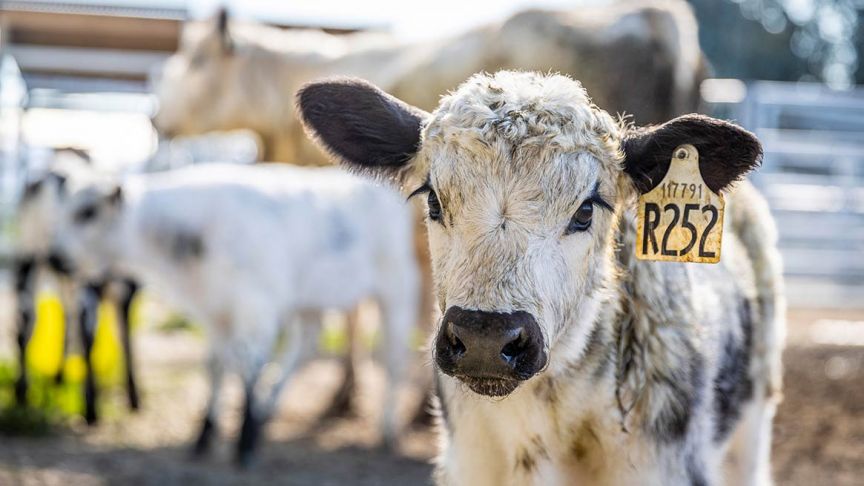The past months have seen a global pandemic and a once in a generation feed shortage hit at the same time, both with the potential to impact more than one farming year.
Meat works were down to 30-50% capacity and farmers told FMG they were waiting six weeks, in the middle of the worst drought they’d seen, to send off prime cattle and up to four weeks to send lambs to be processed.
Driving through Hawke’s Bay some paddocks may be a brilliant shade of green but it’s obvious that feed remains tight. Remnants of balage and grain from feeding-out are easy to spot, grazing of the long acre is evident, and the north facing hills still haven’t recovered.
Next steps
Federated Farmers, Beef + Lamb NZ, Dairy NZ, Ag First and MPI have partnered to provide feed planning support for farmers.
This service can help you understand what options you have. If you’ve got no feed and can’t buy any in, it helps to understand what number of stock you can feed so you can make informed decisions.
The other benefit of having this independent advice is that you can use it when talking to family members, business partners and supporting businesses like your bank, to get everyone on the same page.
Right now is also a good time to work with your farm reps or consultants to identify paddocks that aren’t performing or haven’t recovered post-drought and earmark them for spring renovation.
Looking through winter and into spring, the NIWA climate outlook for June to August isn’t giving huge confidence of a miraculous bounce-back, so making sure you have winter feed on hand where possible is important. This may also signal a longer recovery time for ground water reserves.
Last year, FMG published a report on the ‘Future of Farming and Growing in New Zealand’ which looked at challenges and opportunities for farmers and growers out to 2025. Over 40 agri-leaders were interviewed and countless reports digested, most of which forecast more frequent and severe weather patterns with a drier east coast and wetter west.
With that in mind, are there any changes you can make to your farm to reduce the risk of these uncontrollable forces having a negative impact on you in the future?
In all the events FMG has supported farmers through, there’s one thing that remains constant for all—through adversity our rural communities continue to support one another. As one of our clients said recently, “If you can get through this year, you’ll get through any.”
